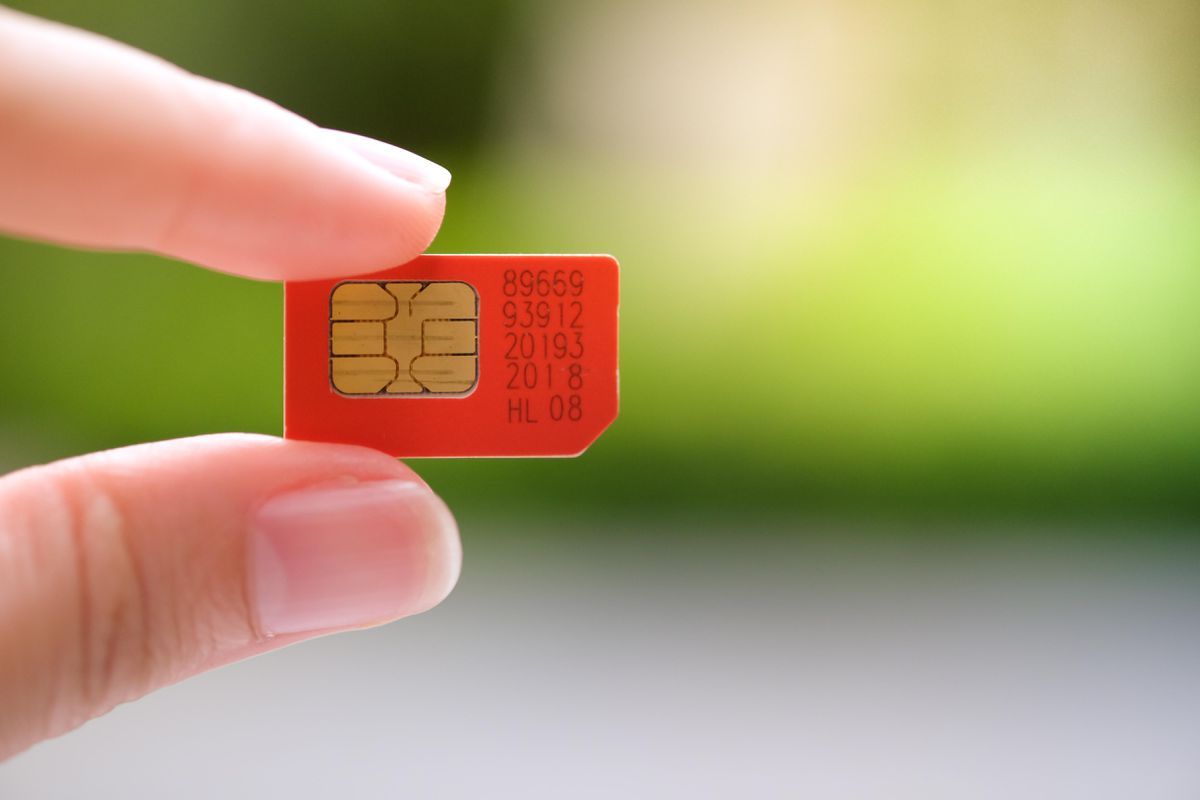Cell phones are getting bigger and SIM cards are getting smaller. For some years now, new smartphone models have been requiring smaller and smaller SIM cards, which allows handset manufacturers to make better use of the internal space of the handset.
In this post, we will discuss the main differences between the SIM card, MicroSIM, and NanoSIM. Will the differences be many or just size?
SIM card
The SIM card (Subscriber Identity Module) is a detachable smart card used in mobile phones and HSPA or LTE modems that connect to the USB port.
It was introduced on the market in the 1990s after the advent of the GSM (Global System for Mobile Communications) communication standard and its size was very similar to that of credit cards.
They contain a chip whose function is to securely store the mobile user’s information for identification on the network so that it is possible to change the line from one phone to another simply by changing the card.
In short, it stores the data necessary to be able to use SMS, calls, and other services, and without the SIM card, the phone would not work.
The storage capacity of a SIM card is between 2KB and 128KB.
There are four types of SIM cards: the normal size, the MiniSIM, the MicroSIM, and the NanoSIM. Switching from one SIM size to another is possible through adapters or by cutting the card.
MiniSIM card
The MiniSIM is the best-known model as it has been used in cell phones for many years. It contains the chip of the same size as the SIM card in its normal size, the only change that was made was to cut part of the plastic surrounding the chip, as before a SIM card was the size of a credit card and took up too much space inside the phone.
We could say that the term MiniSIM is not used as most users simply refer to it as SIM, this is because the SIM card in its normal size was short-lived and quickly reduced in size.
The storage capacity ranges from 2KB to 16 or 32KB.
MicroSIM card
Micro SIM (or 3FF SIM) cards are the same as MiniSIM cards but with a smaller size, thus making better use of the internal space of smartphones to make them more powerful.
This type of card has a larger capacity and allows for more storage, allowing you to store more settings and applications, have more security. The user of the MicroSIM card will be able to have a greater number of contacts in his phonebook. In other words, the reduction in size does not imply a reduction in capacity, quite the opposite.
The storage capacity of a MicroSIM card ranges from 32KB to 128KB.
NanoSIM card
And along with the iPhone 5, appears the NanoSIM that comes with a further size reduction, but it is nothing more than that, a reduction of both its dimensions and thickness. The NanoSIM is 30% smaller than the MicroSIM but is composed, like the previous ones, of a storage chip.
This card comes hand in hand with the launch of the new iPhone 5 and the latest generations of iPad and iPad mini.
The storage capacity of a NanoSIM card is 128KB.
SIM, MiniSIM, MicroSIM, NanoSIM comparison chart
The following table shows the change in size and capacity of the different SIM cards over the years:
| SIM card | Length (mm) | Width (mm) | Thickness (mm) | Ability |
SIM |
85.60 | 53.98 | 0.76 | 2KB- 128KB |
MiniSIM |
25.00 | 15.00 | 0.76 | 2KB-16 or 32KB |
MicroSIM |
15.00 | 12.00 | 0.76 | 32KB-128KB |
NanoSIM |
12.30 | 8.80 | 0.67 | 128KB |
What is the purpose of so much downsizing?
There have been four size reductions since the 1990s: full-size or SIM, MiniSIM, MicroSIM, and NanoSIM.

The purpose is none other than to make cell phones more powerful since reducing the size of the SIM card makes better use of the internal space of new mobile phones, especially smartphones. By reducing the size and thickness of these cards, it is possible to make cell phones thinner and lighter, but not smaller, because today’s fashion is that the bigger the screen, the better.





